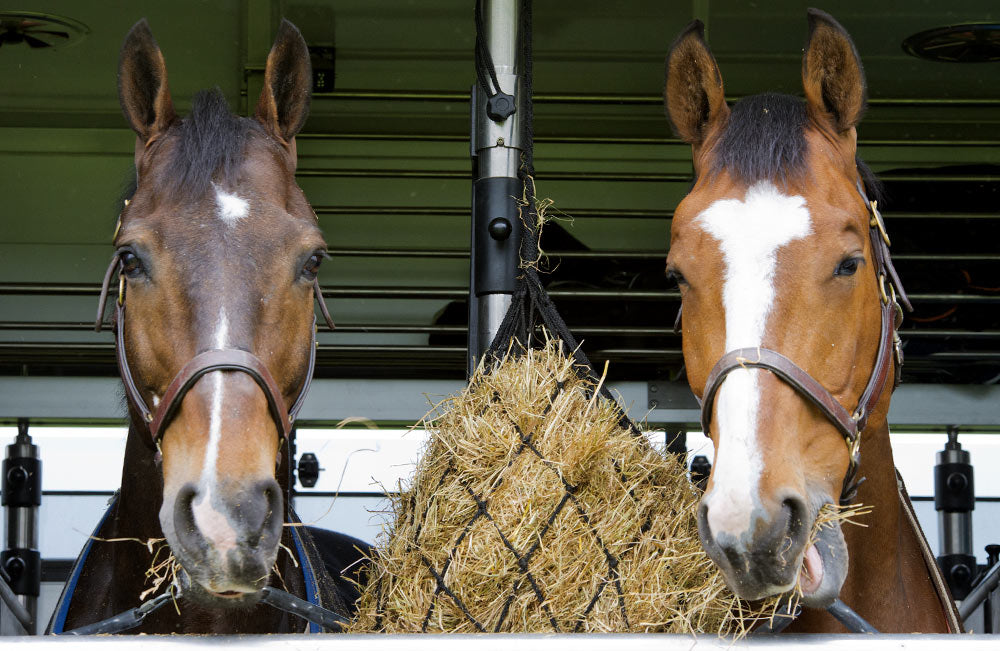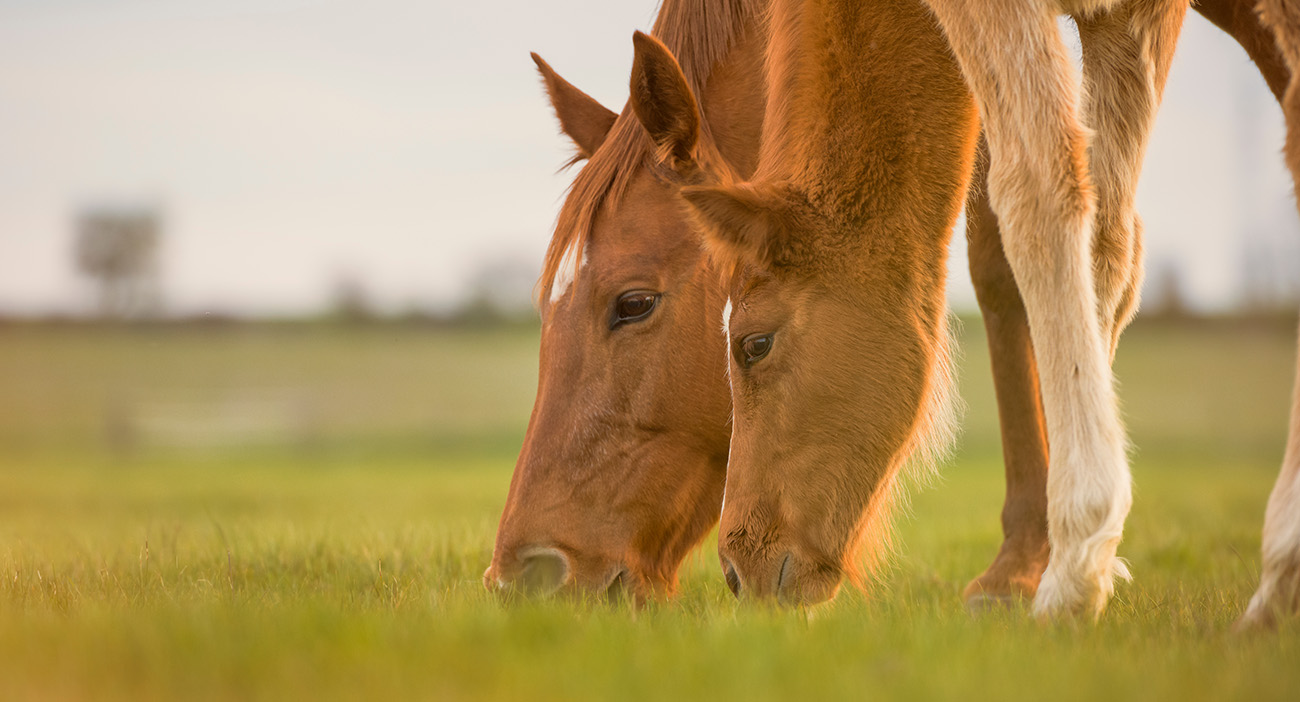Feeding Horses with Seasonal Changes: A Comprehensive Guide

Feeding horses appropriately throughout the year is crucial for their health, performance, and well-being. Seasonal changes bring variations in weather, pasture quality, and forage availability, all of which impact a horse’s dietary needs. This article explores how to adjust feeding practices to meet these changing demands effectively.
Understanding Seasonal Impacts on Horse Nutrition
Horses’ nutritional requirements fluctuate with the seasons due to changes in temperature, activity levels, and forage quality. For example, colder months increase energy needs to maintain body heat, while warmer months may require adjustments to hydration and electrolyte balance.
| Season | Key Nutritional Considerations | Common Feeding Adjustments |
|---|---|---|
| Spring | Transition from winter feed; pasture growth begins | Gradually introduce fresh pasture; monitor weight |
| Summer | High pasture availability; risk of overgrazing | Provide balanced forage; ensure adequate water |
| Autumn | Declining pasture quality; preparation for winter | Supplement with hay; increase energy intake |
| Winter | Limited pasture; cold stress increases energy needs | Increase forage and concentrate feeds; provide shelter |
Feeding Strategies by Season
Spring
- Pasture Introduction: Slowly introduce horses to fresh spring grass to prevent digestive upset.
- Monitor Weight: Watch for rapid weight gain or loss as forage quality changes.
Summer
- Hydration: Ensure constant access to clean water to prevent dehydration.
- Balanced Diet: Supplement pasture with hay or concentrates if pasture quality declines.
Autumn
- Supplementation: Add hay and consider vitamin/mineral supplements as pasture quality diminishes.
- Energy Needs: Increase caloric intake to prepare for colder months.
Winter
- Forage Focus: Rely more on hay and stored feeds due to limited pasture.
- Energy Boost: Provide higher energy feeds to help maintain body temperature.
- Shelter: Ensure horses have access to shelter to reduce energy expenditure.
Common Feed Types and Their Seasonal Roles
| Feed Type | Best Season(s) | Purpose |
|---|---|---|
| Fresh Pasture | Spring, Summer | Primary forage; rich in nutrients |
| Hay | Autumn, Winter | Main forage when pasture is scarce |
| Concentrates | All seasons | Supplement energy and nutrients |
| Electrolytes | Summer | Replace minerals lost through sweating |
Frequently Asked Questions (FAQ)
Q1: How quickly should I change my horse’s diet with the seasons?
A: Gradual changes over 7-10 days help prevent digestive issues.
Q2: Can horses eat the same hay year-round?
A: Yes, but quality and type may need adjustment based on nutritional needs.
Q3: How do I know if my horse is getting enough water?
A: Monitor water intake daily; horses typically drink 5-10 gallons per day.
Q4: What signs indicate my horse is not coping well with seasonal feed changes?
A: Weight loss, poor coat condition, lethargy, or digestive upset are warning signs.
By understanding and adapting to the seasonal changes in your horse’s environment and nutritional needs, you can ensure they remain healthy and comfortable year-round. Proper feeding strategies not only support physical health but also enhance performance and longevity.
Would you like me to help improve the clarity or add more detailed feeding schedules? Here are some follow-up tasks you might consider:
- Expand FAQ section with more questions
- Add detailed feeding schedule table
- Include tips for pasture management
